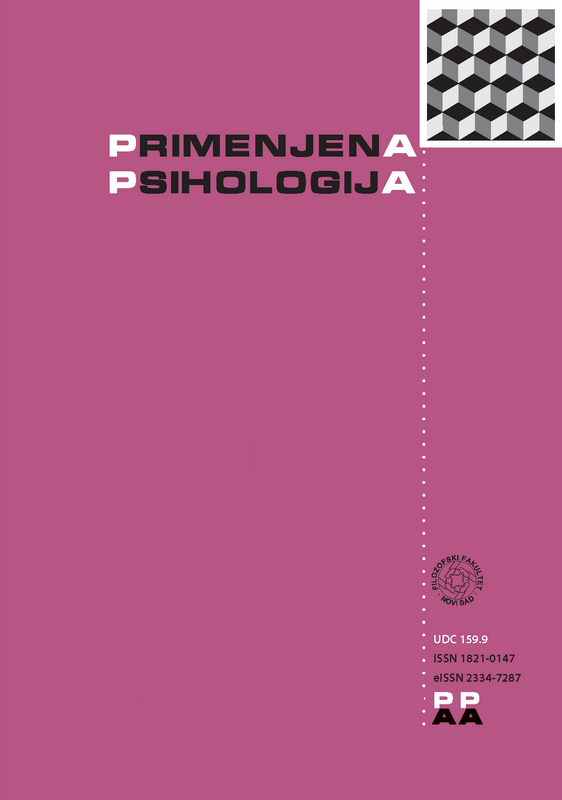Two categories or a single dimension: taxometric analyses of risky behavior
DOI:
https://doi.org/10.19090/pp.2011.4.353-376Keywords:
taxometrics, categoriality of constructsAbstract
Basic assumptions of the taxometric approach to estimation of categoriality are presented in the paper. The principal goal of the taxometric approach is to determine whether constructs are dimensional, or there are two distinct categories, which are labeled 'taxon” and 'complement”. Several analytic procedures are used for that purpose. The final decision on taxonicity of constructs is based on the congruence of results of several analyses. Procedures named MAMBAC, MAXCOV, MAXEIG, MAXSLOPE and L-Mode are described in the paper. The procedures MAMBAC, MAXEIG and L-Mode were applied on a set of empirical data. The taxonicities of three constructs, named Delinquent Behavior, Substance Abuse and Proneness to Gambling were examined. The constructs were measured by The Risky Behaviors Questionnaire. The data were gathered on a sample of 421 participants (257 women), whose average age was 30.62. The results suggest that the Delinquent Behavior appears to be taxonic, Substance Abuse is ambiguous, whereas Proneness to Gambling seems to be dimensional. The presented empirical examples highlight some of the main problems in taxometric analyses (consistency tests, indicator validity, convergence of different analyses’ results, decision on taxonicity, etc.)Metrics
Metrics Loading ...







